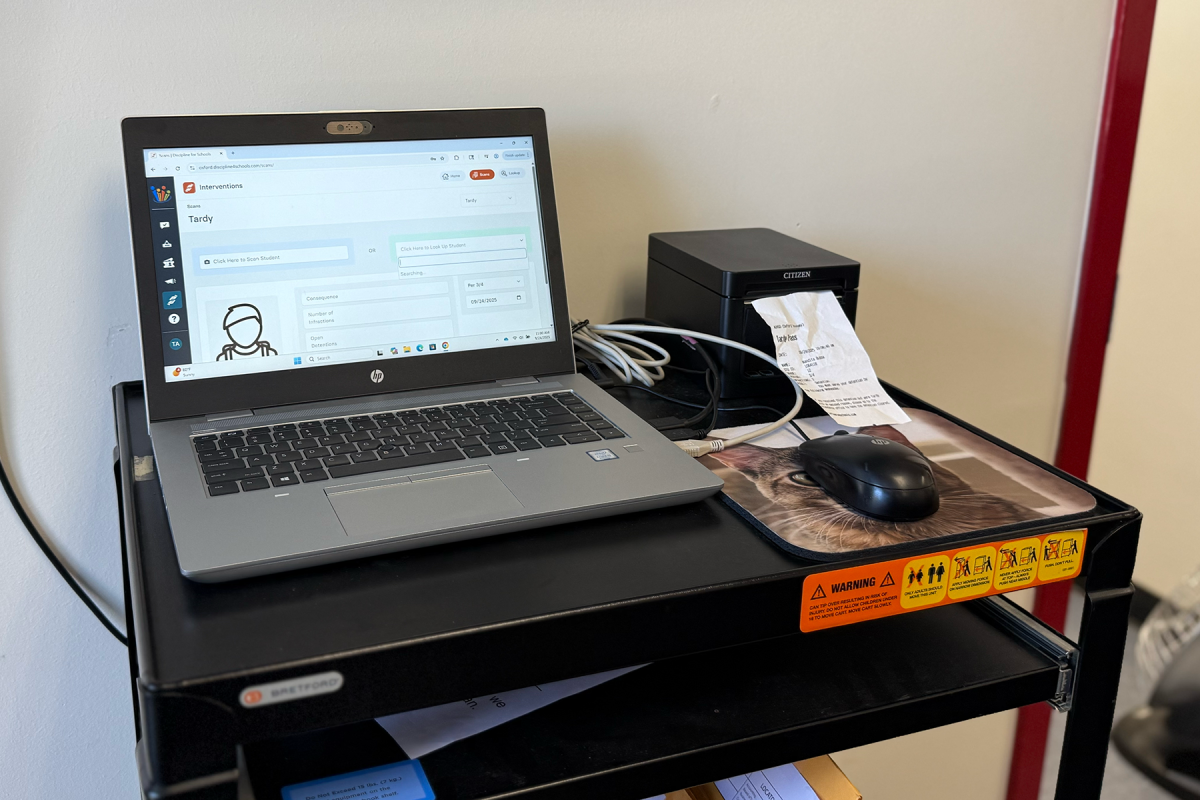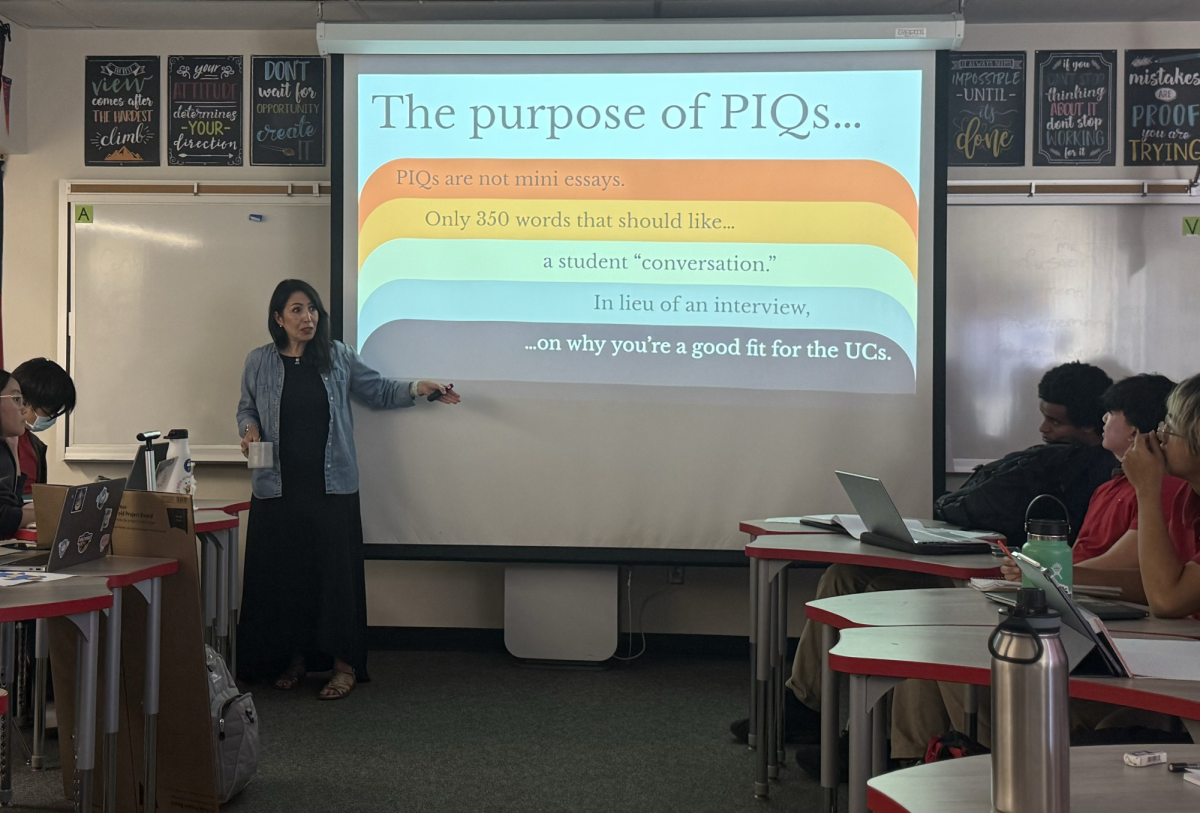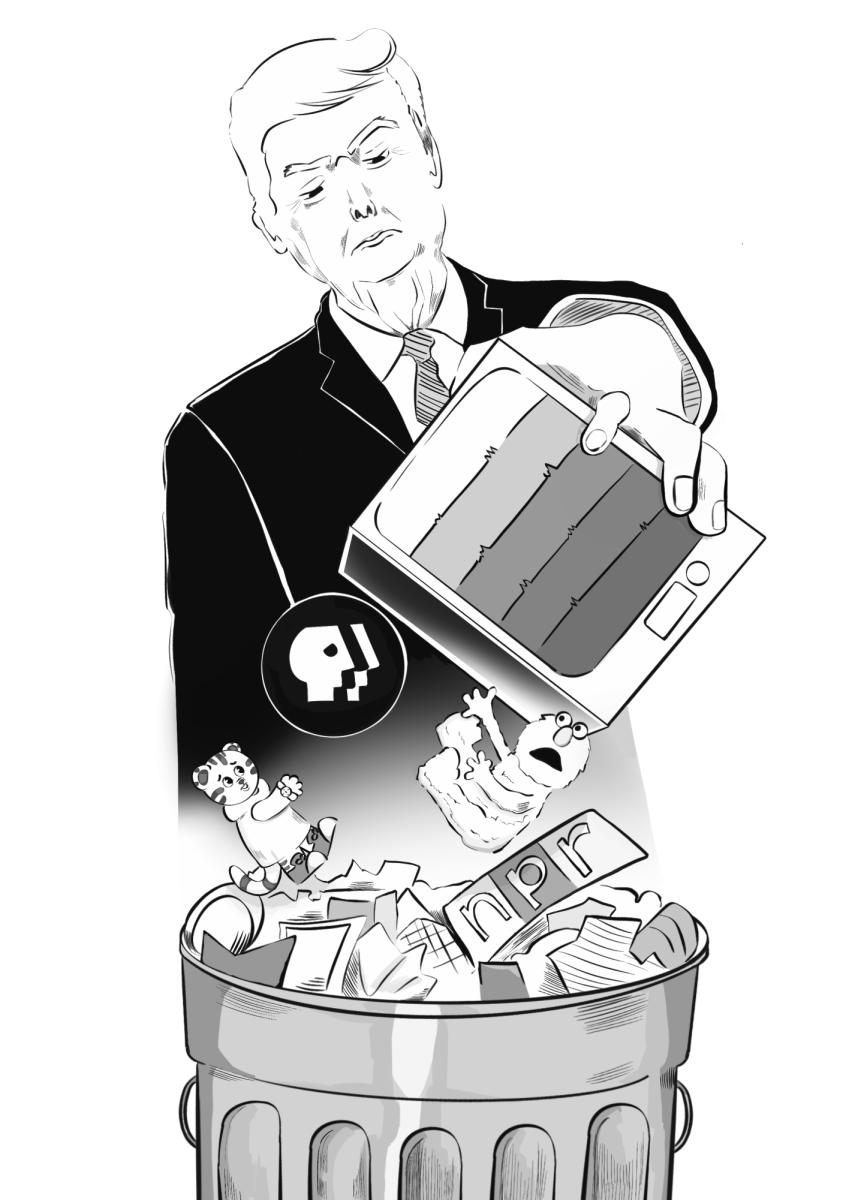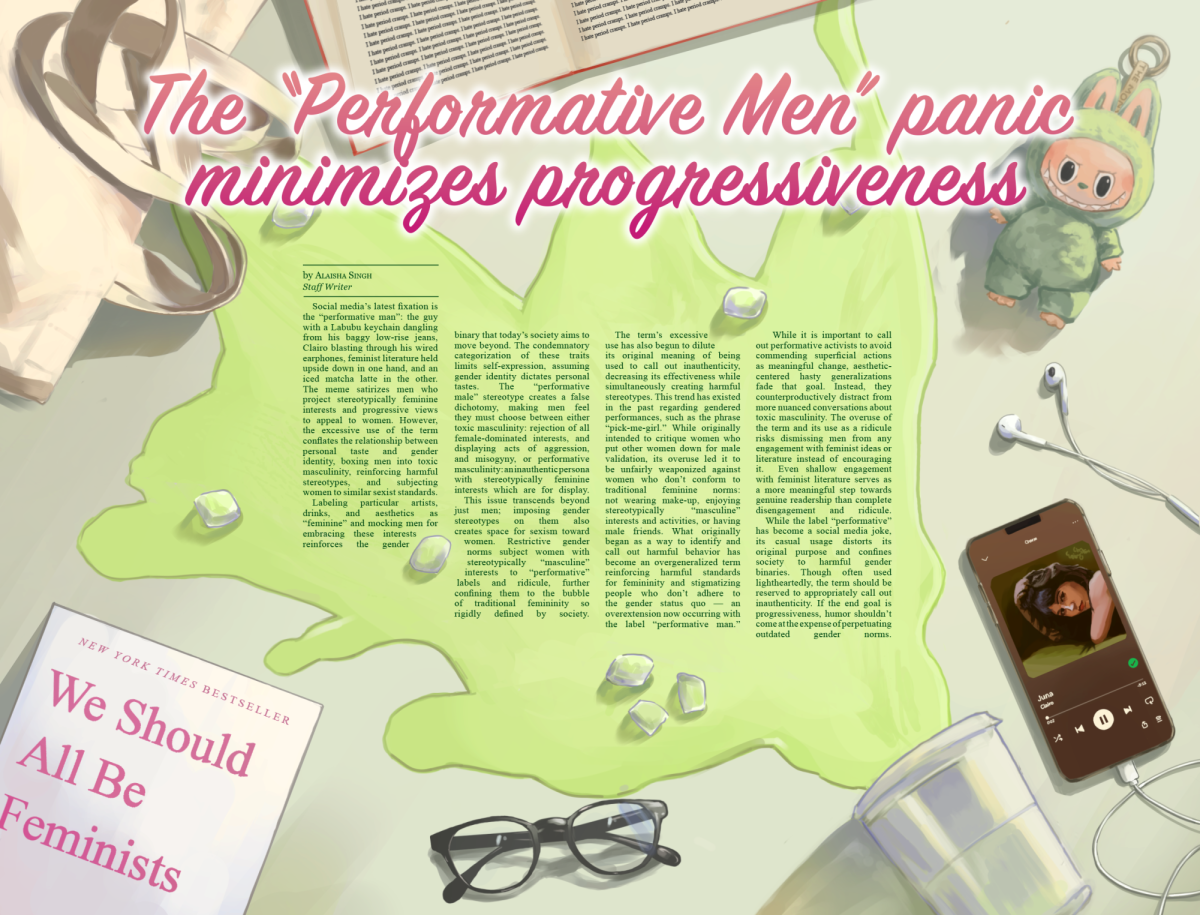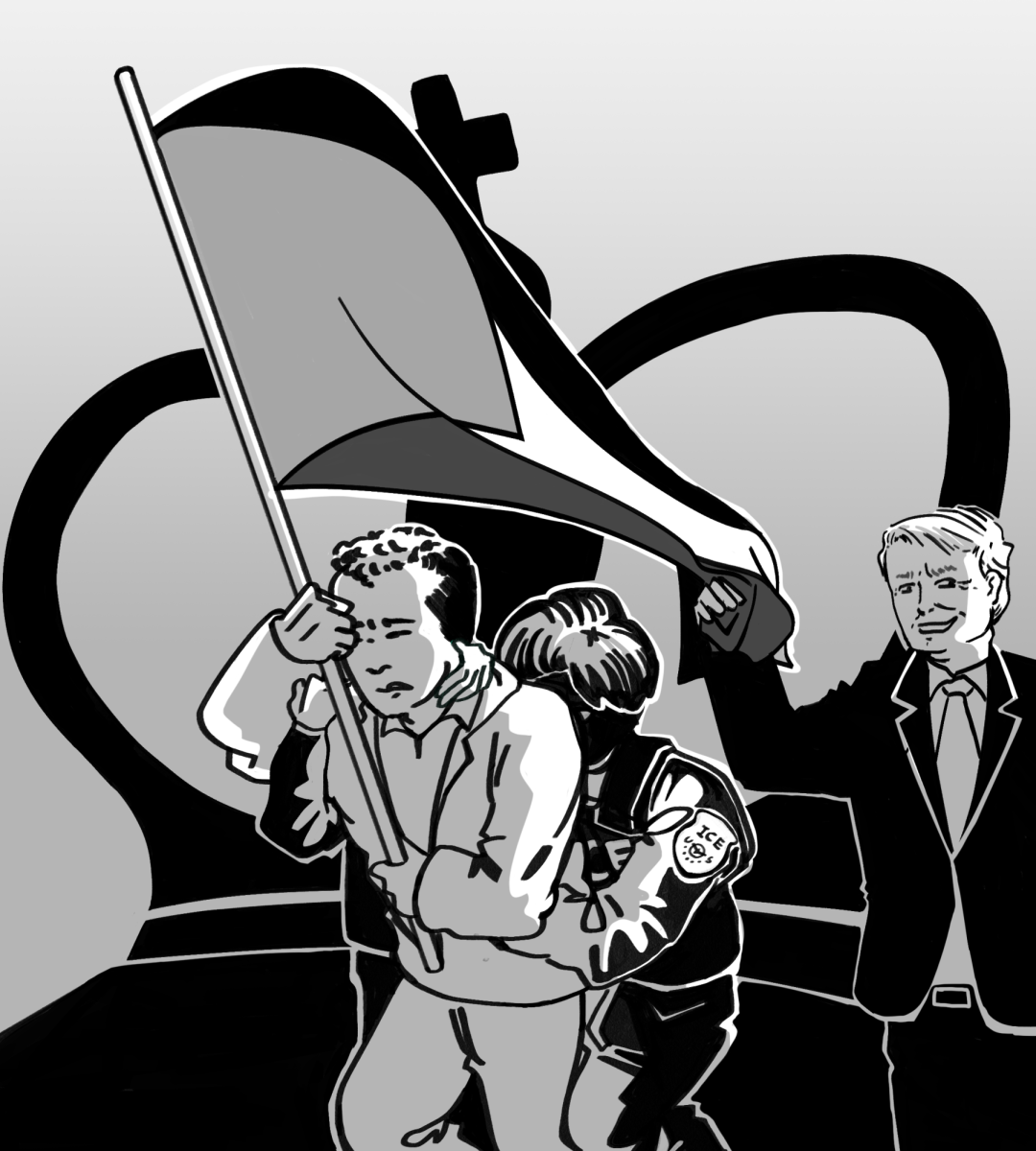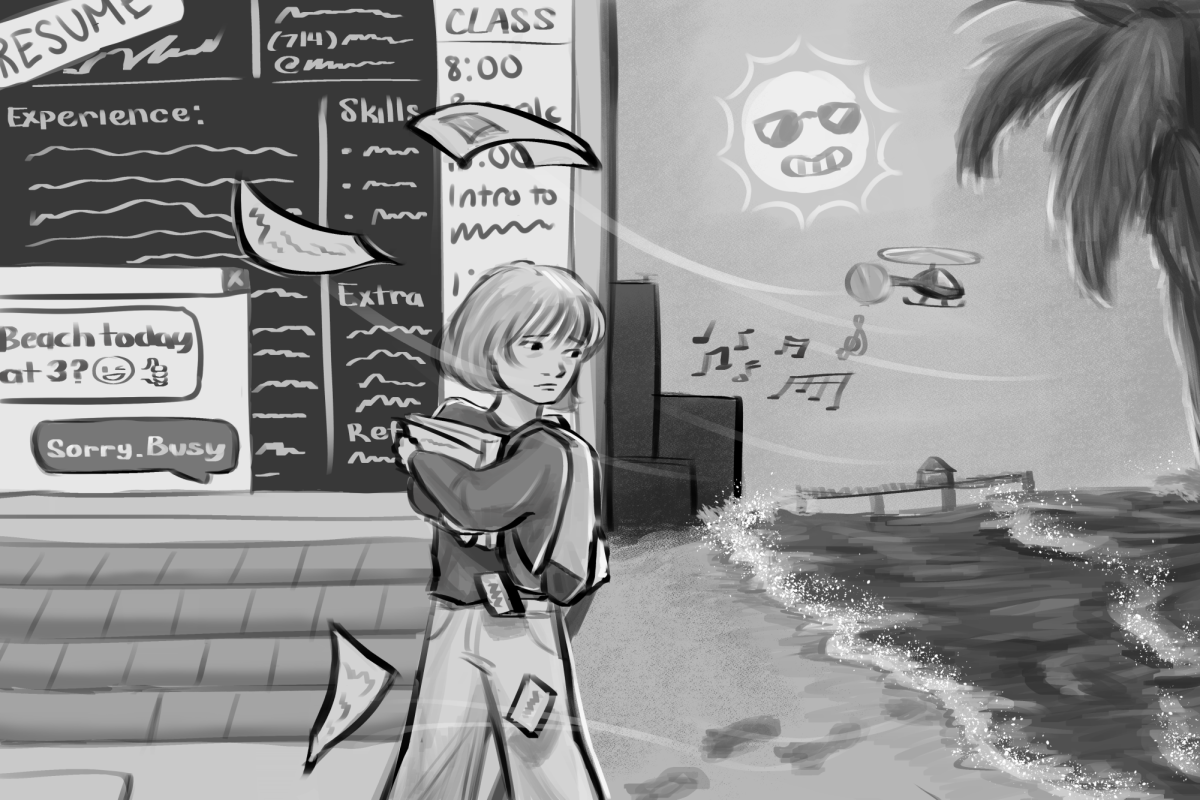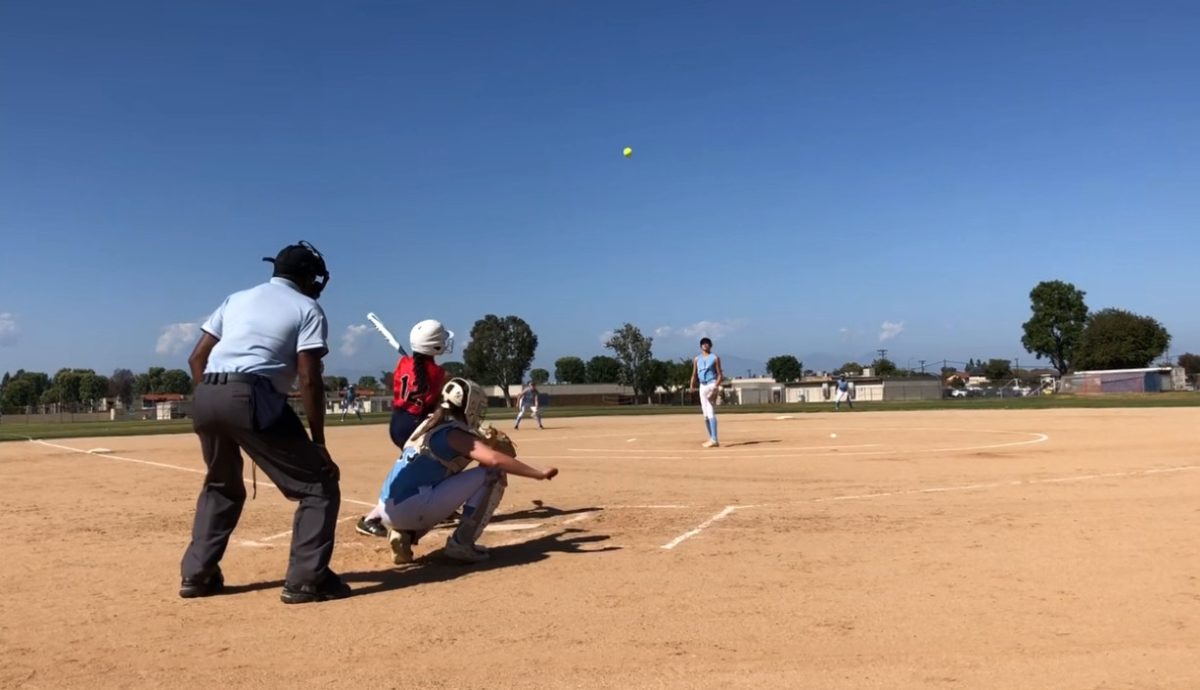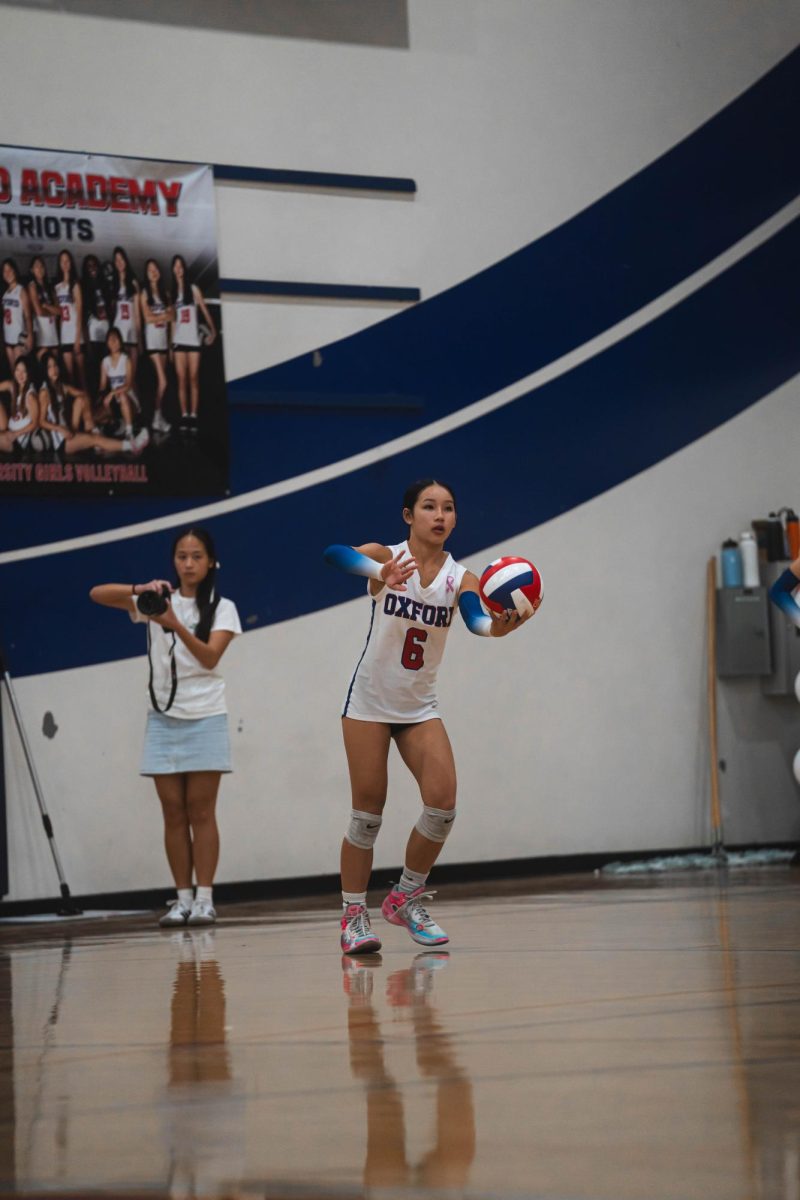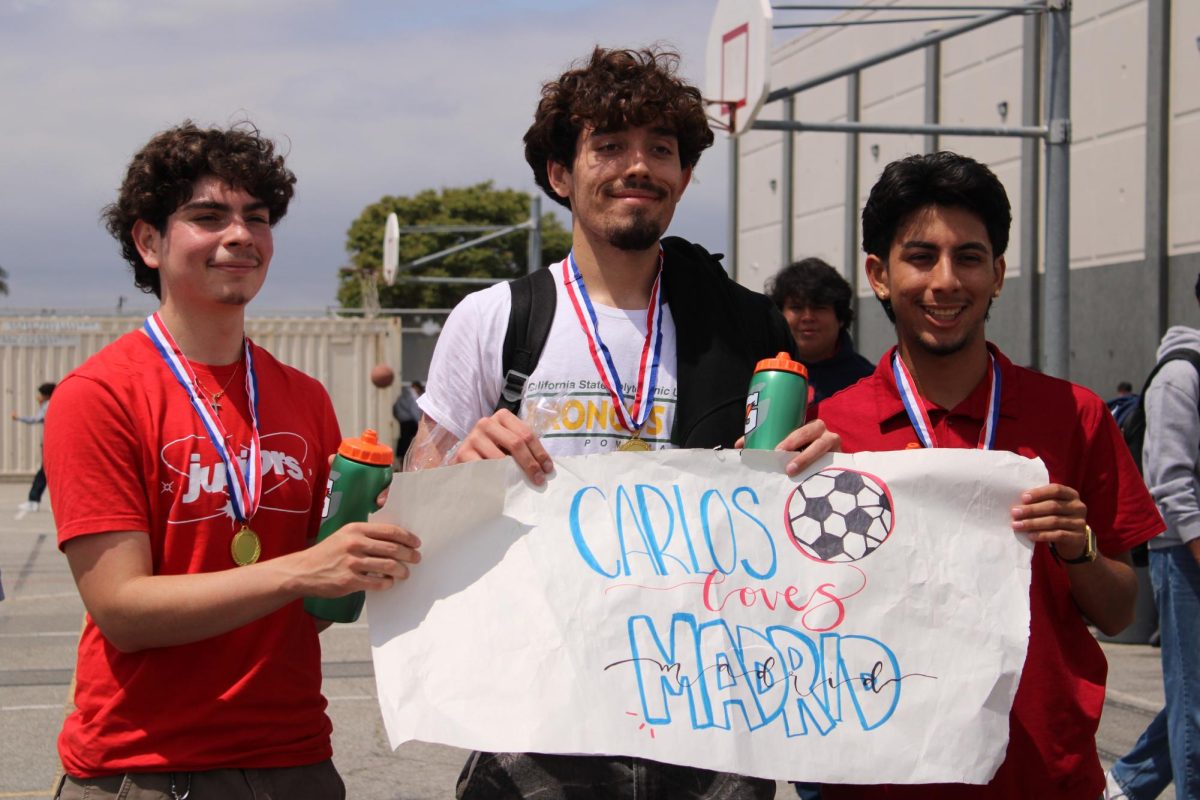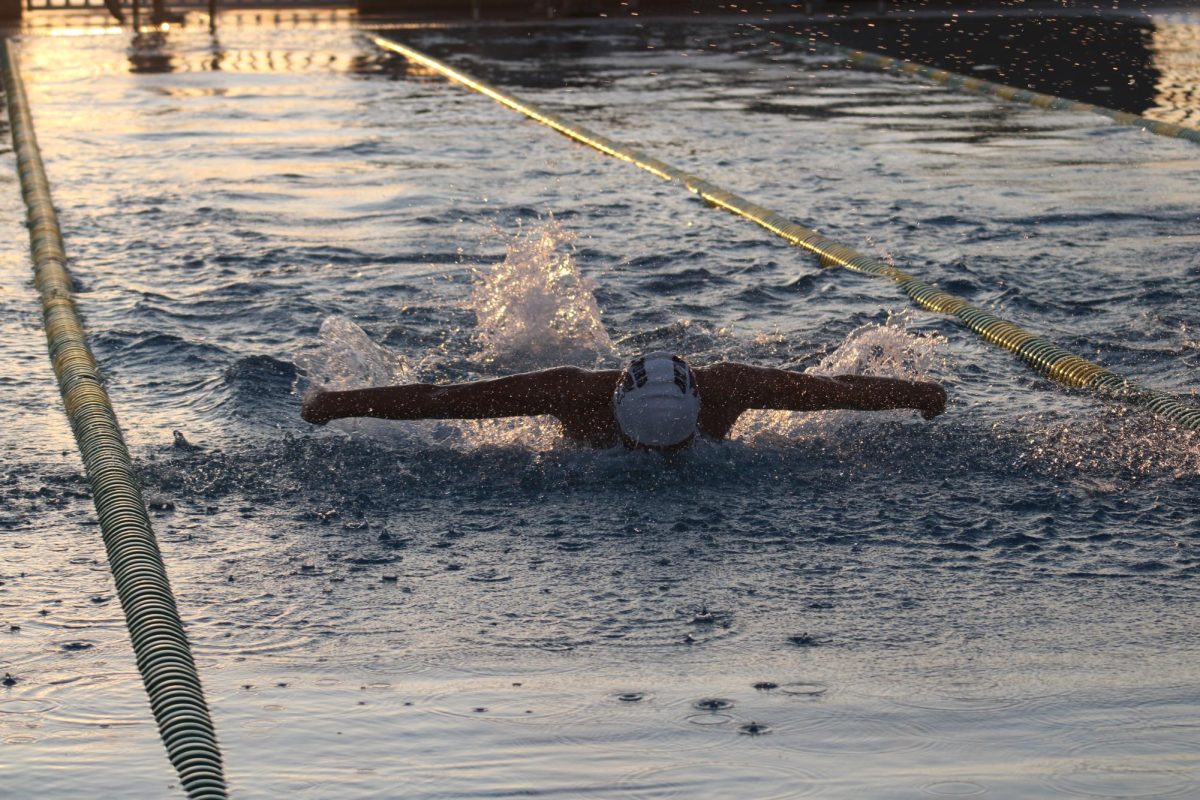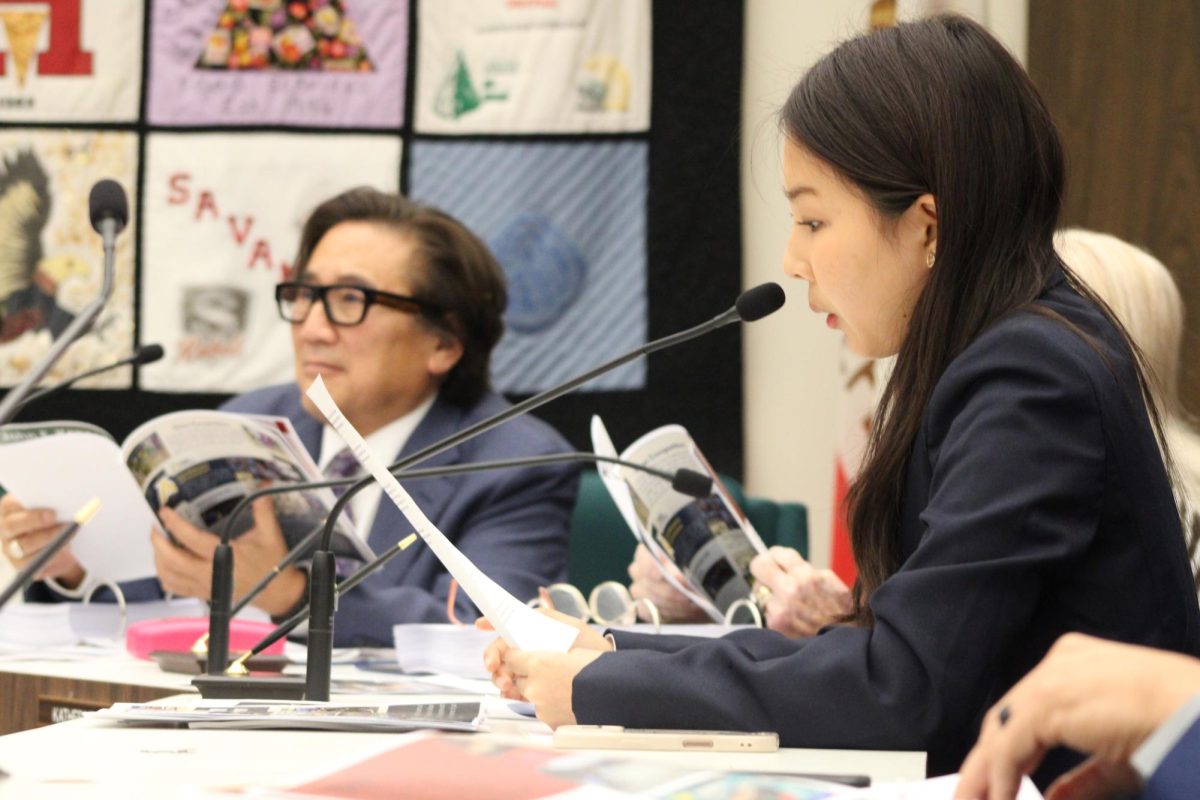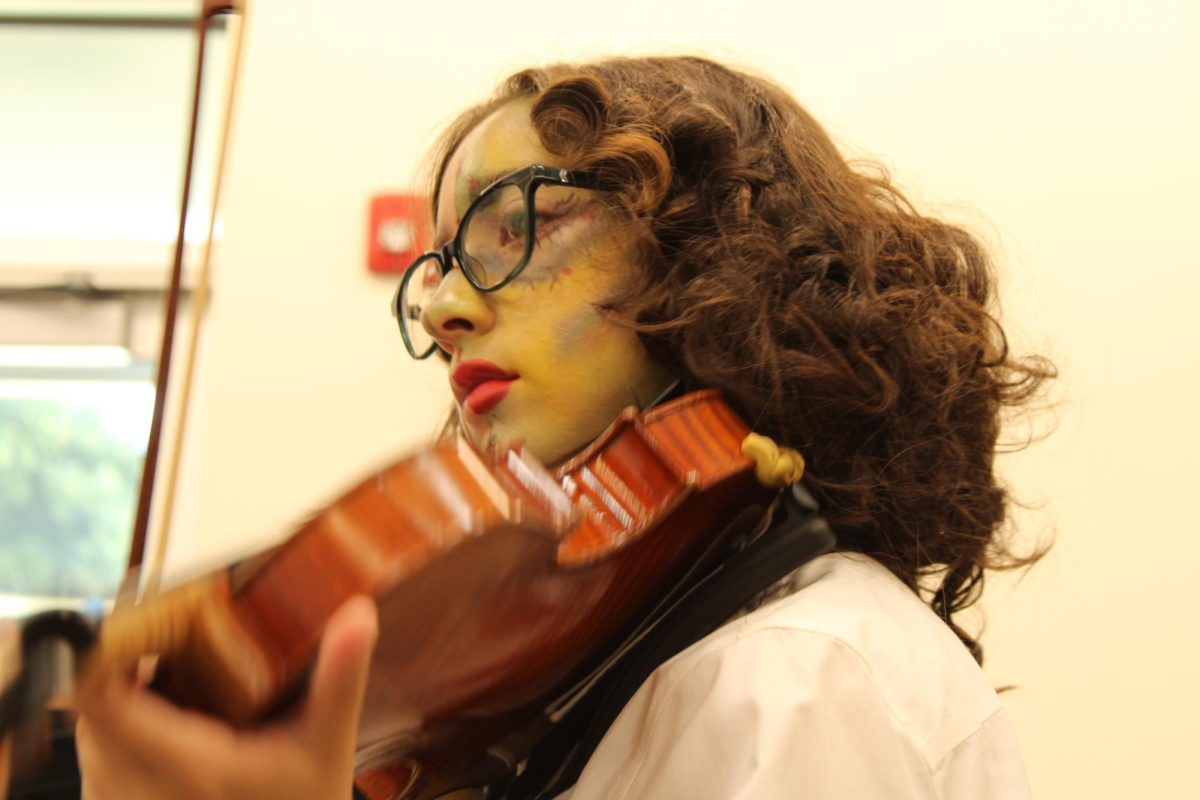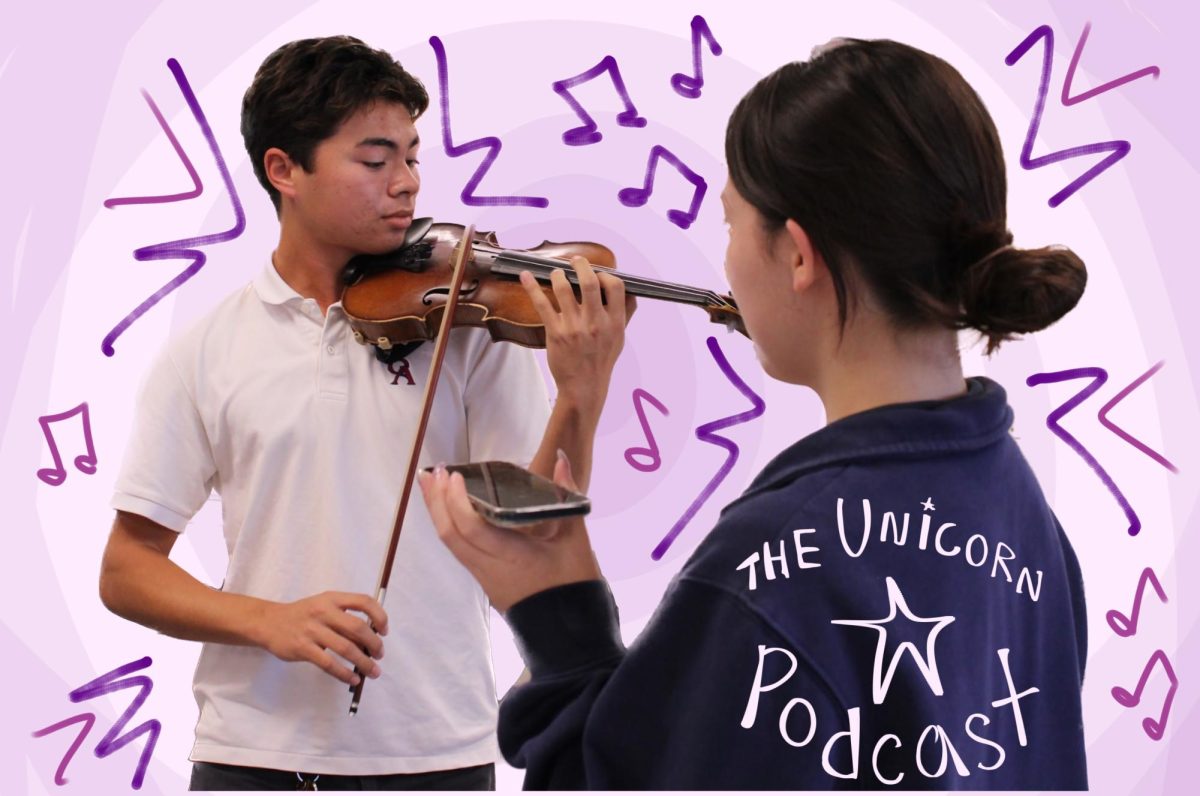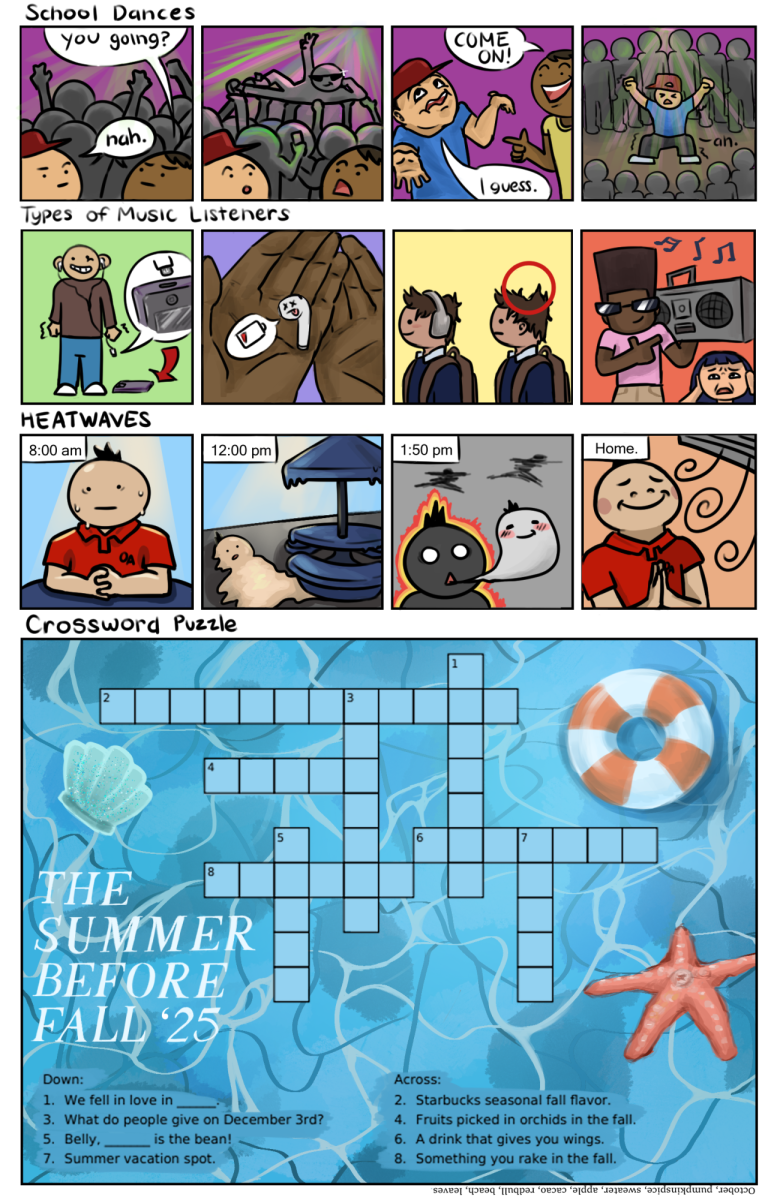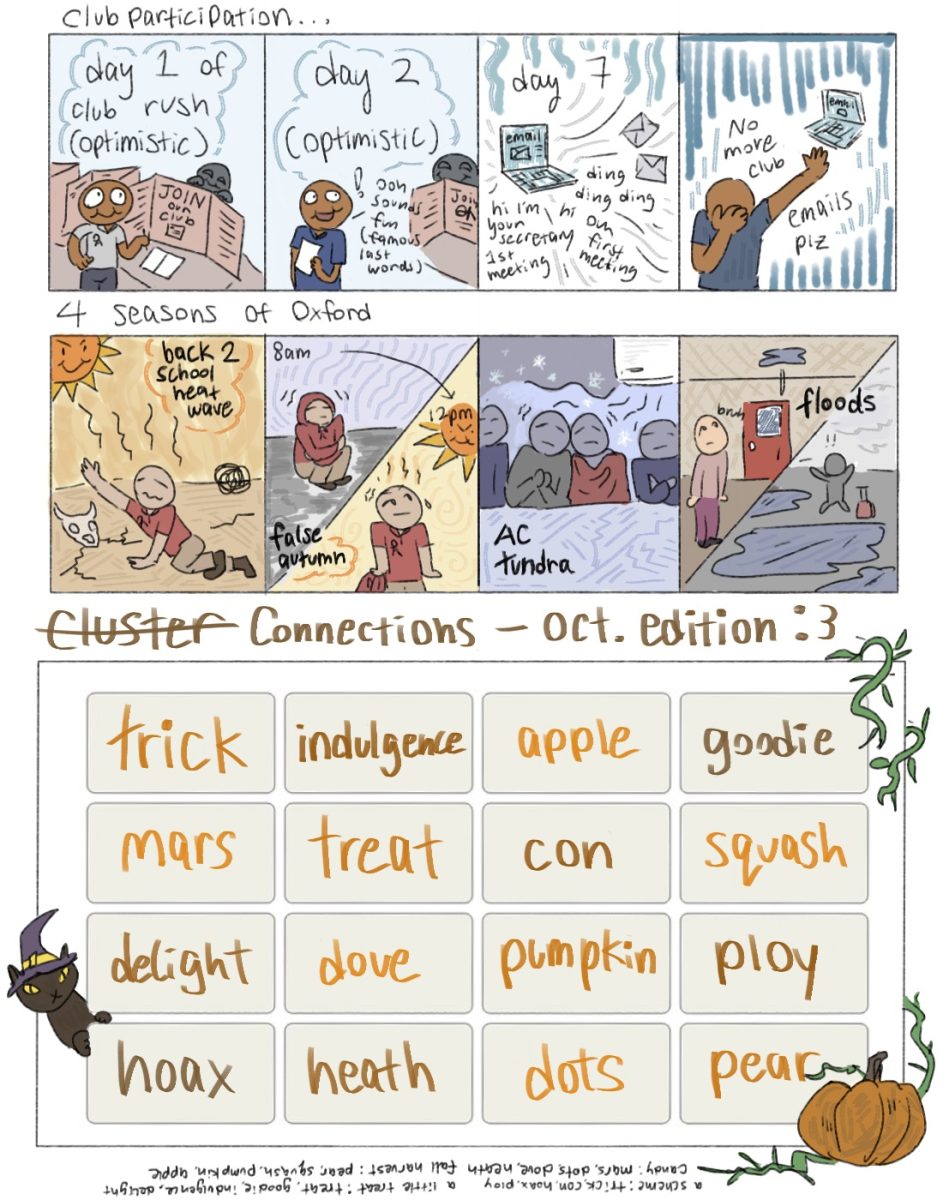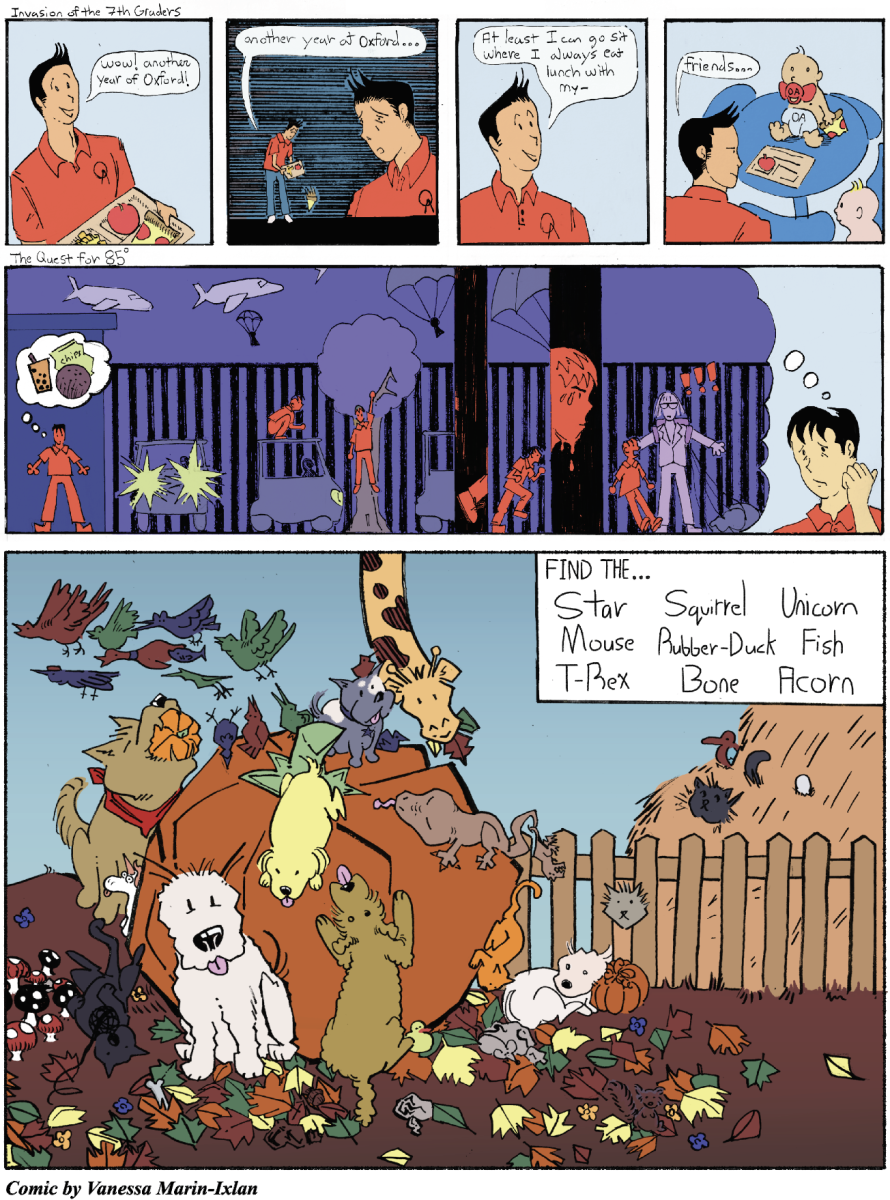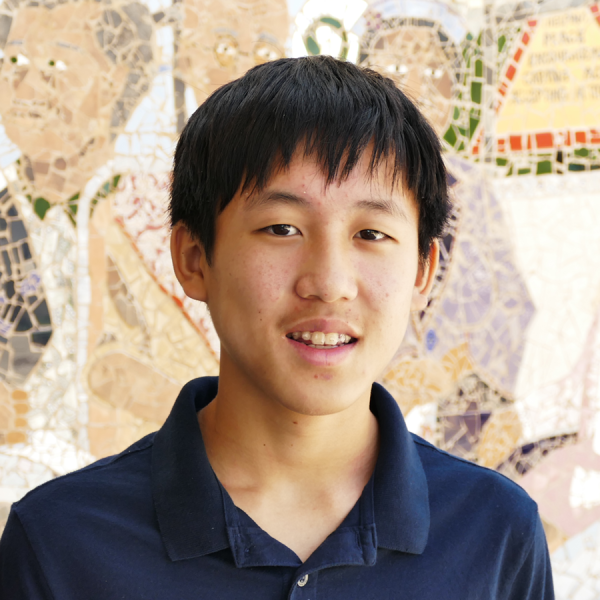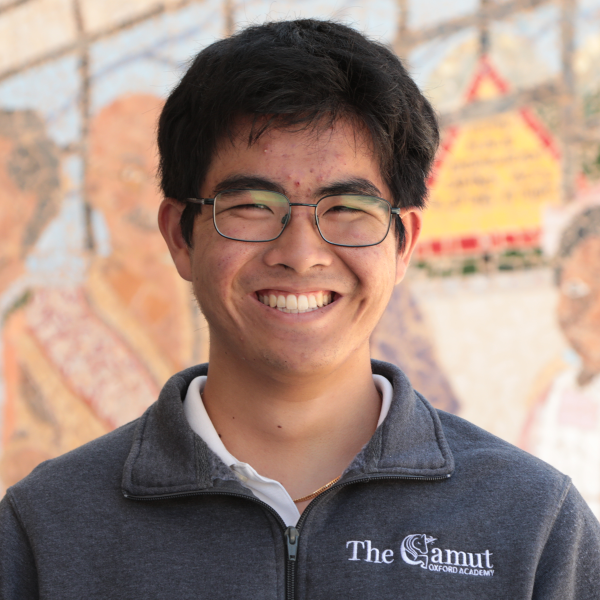As the 2026-2030 high school sports seasons approach, the California Interscholastic Federation Southern Section (CIF-SS) is undergoing its periodic realignment of athletic leagues. This realignment affects CIF-SS’s 560-plus member schools and could alter Oxford’s athletic competition.
Releaguing is CIF-SS’s method of restructuring leagues across the Southern Section. Before releaguing begins, CIF addresses area placement, which assigns schools to designated locations within the southern section. Next, each area considers the opinion of athletic directors, school administrators, and CIF committees to create leagues.
According to CIF-SS regulations, school principals receive surveys in early fall, and all placement requests are due by mid-October. These recommendations are reviewed by CIF’s executive committee and finalized by March. However, the actual releaguing process begins when proposed new leagues are submitted by June. As part of the evaluation process, CIF-SS uses criteria such as school enrollment, past athletic performance, competitive balance, and potential travel time.
“Schools in and of themselves tend to evolve as well as far as their academic [and athletic] capabilities in different teams,” Mike West, CIF-SS’s Commissioner of Athletics, said when asked about the purpose of releaguing.
If the proposed changes go through, the school could face new rivals from other leagues and potentially say goodbye to long-time league matchups.
Although no official league assignments have been announced, Oxford could be placed into a league with schools of similar athletic profiles based on division and skill in a specific sport.
According to David Clifton, Oxford Academy’s Athletic director, Oxford and the other 605 schools have been proposed to join the Suburban Valley Conference: A 20-team “super conference” that would organize schools further into leagues based on strengths in different sports.
“We’ve got a chance…That’s going to allow more kids to want to play and give them a good reason to play hard in each game,” said Clifton.
While Oxford athletes and coaches prepare for changes, Clifton noted that day-to-day coaching wouldn’t change.
“You just go out and scout them or you watch film on them…there’s really no change,” he said.
However, while players may focus on performance, the logistical burden is projected to increase significantly. Under the new conference structure, meetings regarding school placement would include multiple athletic directors and administrators. Administrators must navigate new scheduling complexities, especially in sports with high participation like soccer and basketball.
“The headache is going to be transportation,” Clifton admitted. “Where the varsity team goes, the lower levels play…and I don’t know exactly how they’re going to do the scheduling.”
Still, CIF-SS officials emphasize that releaguing enhances the student-athlete experience by maintaining fairness and equality.
“It makes for a lot of ability to make changes and keep schools from being stagnant. It’s an exciting and stressful time,” West said.





